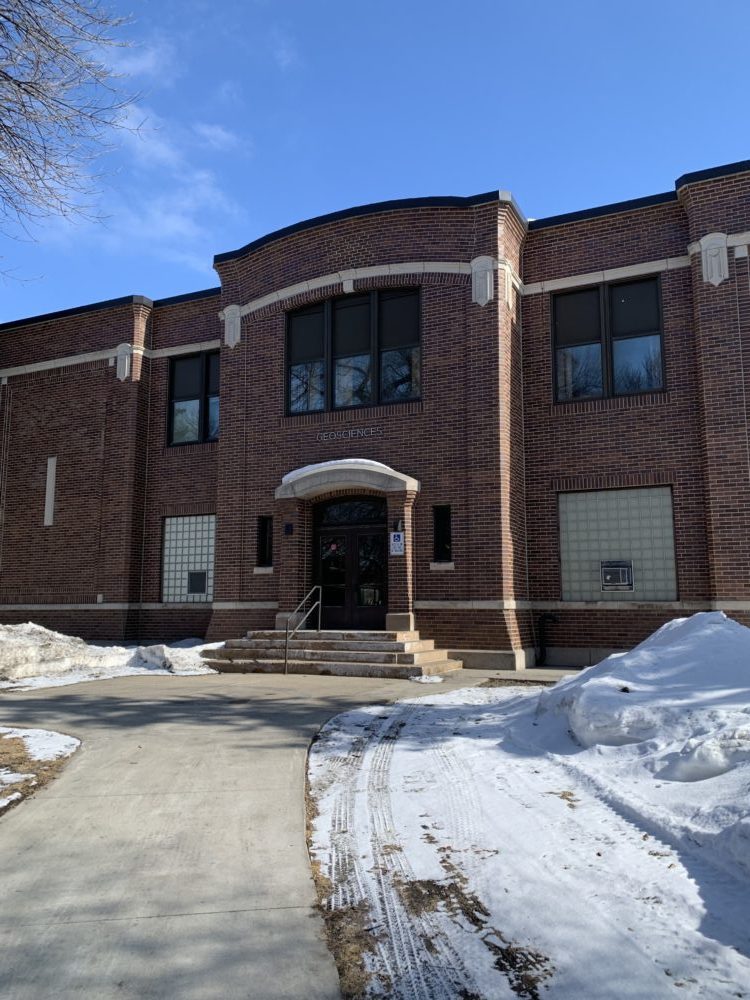
Students are offered a wide range of geology classes to take.
Digging into the study of geomorphology
Humans have been shaping the earth from the very beginning. Even the tiniest impact of footsteps have been recorded over six million years ago. Ever since then we have shaped the earth to benefit us.
Geomorphology studies the physical features of the earth. People in this field try to understand why the landscape looks the way it does. Geomorphologists also make predictions using models about what future landscapes will look like.
Stephanie Day, an assistant professor of Geology and Geography, talked more about the study of geomorphology.
“We are changing things in lots of different ways, whether it is constructing islands or stabilizing a landscape for an urban area, humans have been changing the landscape for a long time,” Day said.
Humans shape the earth to make it more habitable. One example of our earth terraforming is the very cities that we live in. We sometimes forget what the landscape would have been if we had not flattened it for our cities.
Agriculture has also expanded because of our shaping of the earth. Terraces were used by many ancient civilizations to aid in creating a flatter environment for farming and housing.
“We are changing things in lots of different ways, whether it is constructing islands or stabilizing a landscape for an urban area, humans have been changing the landscape for a long time.”
-Stephanie Day, Assistant Professor of Geology and Geography
“This is a solution that people use around the world, anywhere there are hills and people living,” Day said.
Humans’ shaping of the earth has allowed us to flourish. The flattening of land has allowed for the expansion of livable areas. Also, agriculture has spread nearly everywhere because of human interaction with the earth.
“Agriculture has spread throughout the world because … it is the most efficient way to feed a large number of people,” Day said.
Notice all of the ditches around Fargo, they’re here for a reason. Historically, Fargo would normally flood around the springtime. To prevent this, ditches were built and rocks were placed around the Red River.
Geologically speaking, human shaping isn’t really harmful. This is because the earth’s geographical nature will continue to do what it wants regardless of what humans do.
“Landslides and ecosystem changes would happen without us,” Day said. Harm to the earth is mainly measured in how humans or the environment are affected.
“Geologically, I always say there is no harm,” Day said.
Humans sometimes shape the earth to prevent the natural processes from happening. “We spend a lot of time trying to slow down or change the natural processes so we don’t damage our infrastructure,” Day said.
Rivers keep growing regardless of what we do. Rivers will burrow underneath the ground which will cause sinkholes if it goes on for long enough. This is why big rocks are commonly placed around rivers to stop them from growing
Students interested at North Dakota State University have options to continue learning. There is a geomorphology class, GEOL 412, as well as numerous other geology and natural science classes. Along with classes, there is also the NDSU Geology Cub.
